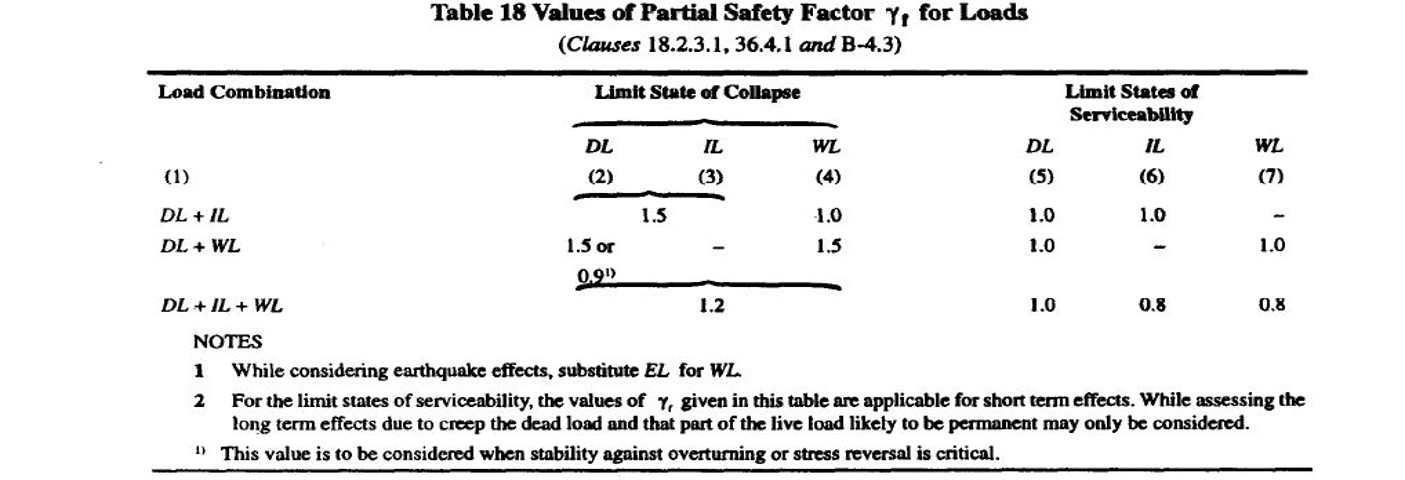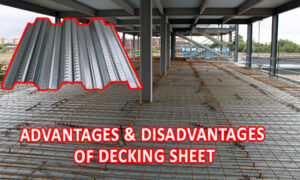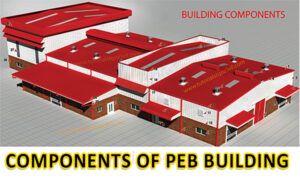Why partial factor of safety of concrete (1.5) is greater than that of steel (1.15)
Why partial factor of safety of concrete s greater than that of steel
Steel reinforcements are manufactured in highly controlled environments with a stricter standard of quality control, whereas the concrete mix is prepared in environments (RMC plant/site) where a great degree of variability can be expected, i.e., the environments are not controlled enough to ensure that the same quality of concrete is produced in every batch, and the consistency of quality is usually lesser than that of steel (reinforcement).
The partial safety factor for concrete (1.5) is higher than that of steel (1.15) because of the higher variability associated with concrete i.e. quality control of concrete is not as good as that of steel.
Factors which affect concrete
- Quality of aggregates,
- Condition of the cement used,
- The temperature at which the batch is mixed, and finally poured into the formwork,
- Method of curing adopted and its duration,
- special requirements of structural elements,
- Degree of quality control.
- So the strength of concrete is far more ‘under-estimated’ than that of steel because of the greater variability of its ingredients and the environment in which concrete is produced. This also results in improved safety.
- Hence, the factor of safety of concrete (1.5) is greater than that of steel (1.15)
Why partial FOS term is used in LSM??
- Instead of providing combined FOS for material (steel & concrete), separate FOS is provided with each for steel and concrete.
- Instead of providing a single factor accompanying both the effect of overloading and understrength, we have separately provided a load factor value for overestimating the load and a FOS value for underestimating the strength of the material.

 |
 |
 |
 |
 |
 |
 |
 |
 |
 |
 |
 |
 |
 |
 |
 |
 |
 |



